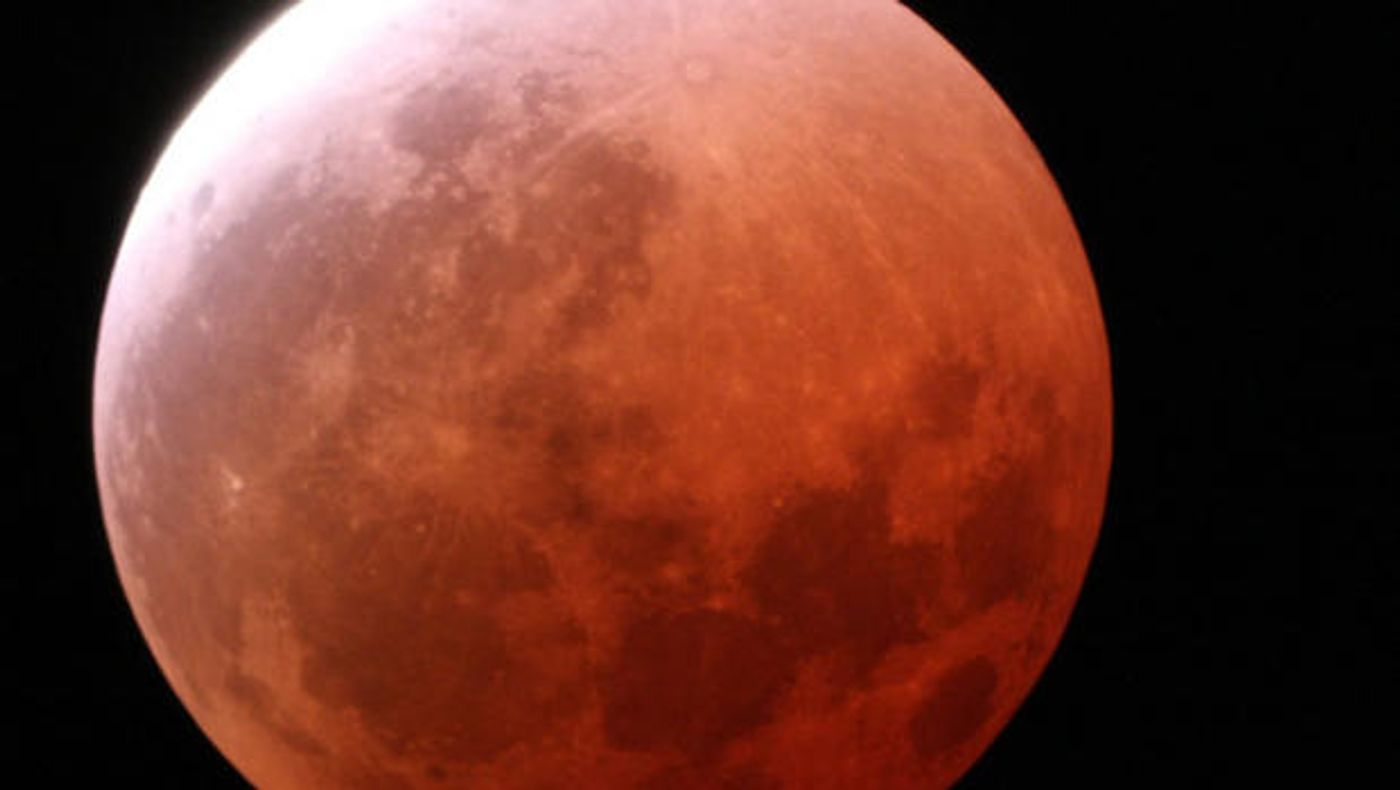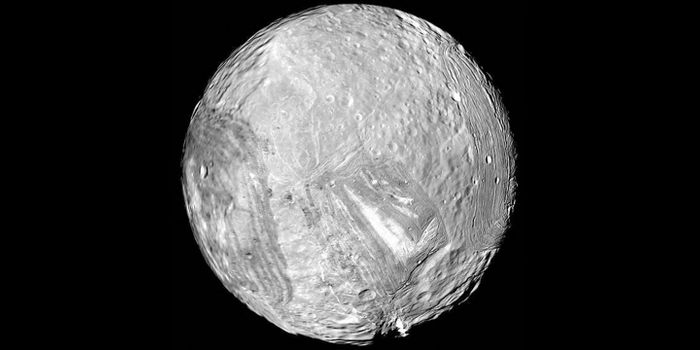Rare Supermoon Lunar Eclipse to Occur on Sunday, September 27th
This coming Sunday, you’ll be able to experience a rare occurrence in the sky known as a Super-Moon Lunar Eclipse.
In this phase, the Moon will appear 14% larger than it usually does due to the fact that it’ll be closer to the Earth than usual. More importantly, it’ll also fall under a Lunar Eclipse, which means that the Moon will be hiding behind the Earth from the Sun’s rays, and this means it’ll be darkened to a red color.
The occurrence of the two at the same time is extremely rare, as NASA explains. In fact, the last time this happened was in 1982. A Super-Moon Lunar Eclipse has only happened 5 times since 1900, so this helps put into perspective just how rare the event really is; and if you miss it on Sunday, you’ll be missing it for a while because it won’t happen again until 2033.
During a Lunar Eclipse, the Moon doesn’t reflect any light, and since the Moon doesn’t produce its own light, this means that it won’t appear white like it normally does.
In your mind, you probably think this means the Moon will be dark, or invisible, but as it turns out, just enough light is able to curve around the Earth’s surface to produce a red or brown color on the Surface of the moon, and that’s just what you’ll see when this happens.
“During a lunar eclipse, the moon appears less and less bright as sunlight is blocked by the Earth’s shadow,” NASA explains in a statement. “As totality approaches, sunlight reaches the moon indirectly and is refracted around the “edges” of Earth, through Earth’s atmosphere. Because of this, almost all colors except red are “filtered” out, and the eclipsed moon appears reddish or dark brown.”
The Lunar Eclipse will last a grand total of one hour and eleven minutes, so there isn't a whole lot of time to get in on the action. So how exactly do you go about watching the Super-Moon Lunar Eclipse? – Those living in North America, Central America, or North America will be able to catch the beautiful sight in the sky at night, around 10:11 PDT, which is when the total eclipse starts, so you may start to notice the signs before then. NASA also notes that those living in Europe or Africa can catch a glimpse of the Super-Moon Lunar Eclipse in the early dark hours of the morning of Monday, September 28th.
For more information, check out NASA's informative video below:
This isn’t something you want to miss, so grab your high-power cameras and telescopes and get them ready for this weekend!
Source: NASA









